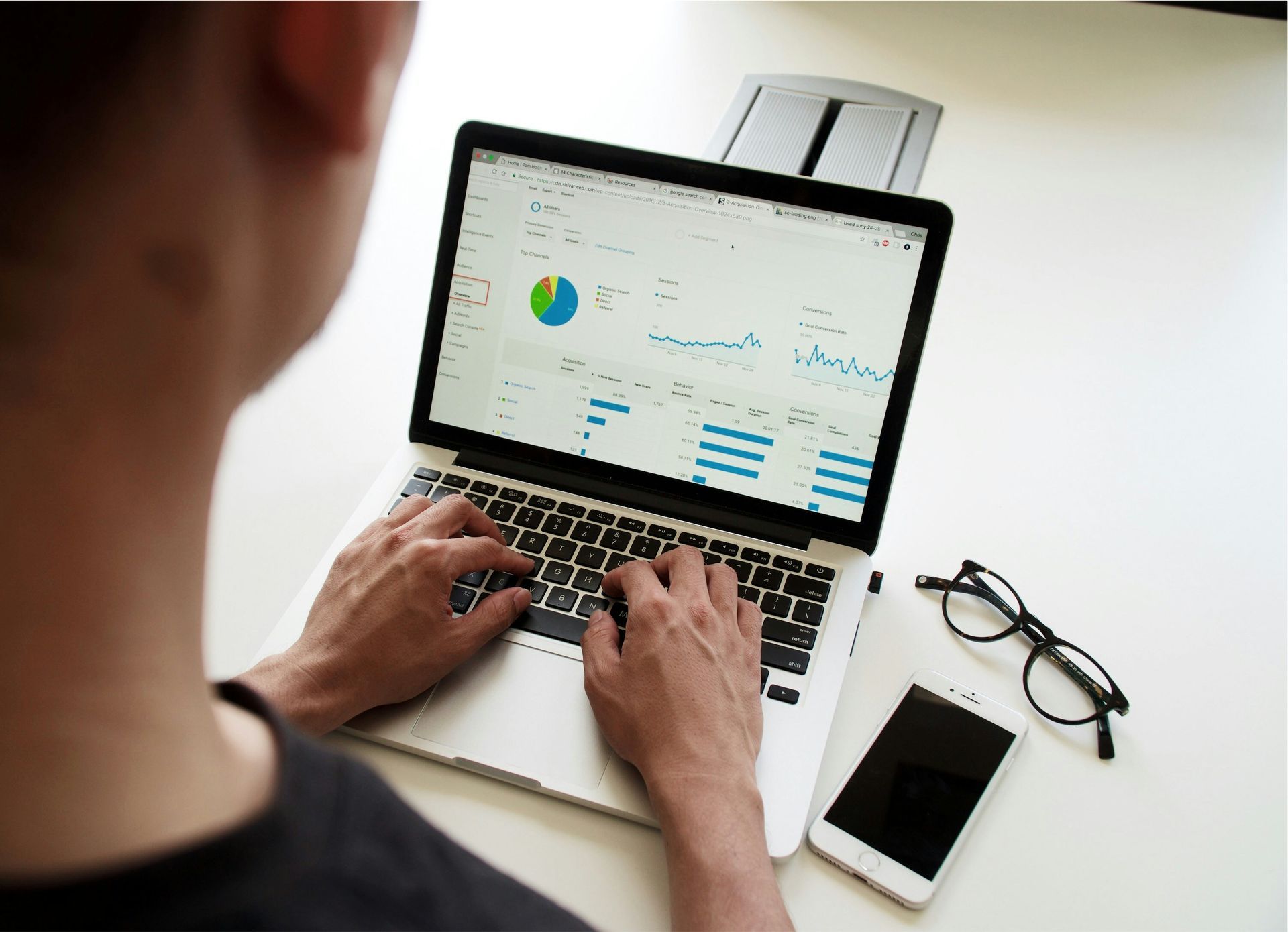What is Voice Search? How to Optimize Your Content for the Future

Voice search has become one of the most significant innovations in the digital world. With the rise of smart assistants like Siri, Alexa, and Google Assistant, more people are using their voice to search for information online. But what does this mean for businesses and their SEO strategies? In this article, we’ll explore what voice search is, how it’s changing the future of SEO, and provide practical tips to optimize your content for voice-driven
queries.
What is Voice Search?
Voice search refers to the use of voice commands to search for information on the internet instead of typing a query. Users ask their questions to smart devices, such as smartphones, tablets, and smart speakers, which convert the spoken input into text using Natural Language Processing (NLP) and provide relevant answers.
Voice search makes searching faster and easier, especially for mobile users. It’s often hands-free and ideal for short, question-based searches, like “Where is the nearest coffee shop?” or “What’s the weather forecast today?”
For a broader view of voice-driven search methods and their impact, check out
What is Social Search? The Future of Online Searching.
Why is Voice Search the Future of SEO?
Voice search is changing how people use search engines. Voice-driven queries are typically longer and more conversational, as users ask complete questions instead of simple keywords. This shift means SEO strategies need to adapt to more natural, question-based keywords.
Benefits of Voice Search for Users:
Faster access to information: Voice search provides direct answers to questions.
Convenient for mobile use: Especially helpful in hands-free situations, such as driving.
Improved accuracy: With NLP, search engines better understand context and intent, delivering more relevant results.
Essential Voice Search Optimization Tips
Voice search requires specific optimizations to stand out in search results. Here are some essential tips:
1. Use Conversational Keywords
Since voice search is based on natural language, question-based and conversational keywords are essential. Think about the questions your target audience might ask and incorporate these into your content. Instead of only using “best restaurants,” you could add “What are the best restaurants near me?”
2. Focus on Local SEO
Voice search is often used for local queries, like “restaurants near me” or “closest gas station.” For businesses with a physical location, it’s important to optimize Google My Business and other local SEO elements to ensure your website appears in local results.
3. Structured Data Markup
Structured data, like Schema.org, helps search engines understand your website’s content better. This is essential for voice search because structured data can help your site appear in featured snippets, which are often used by voice assistants to provide direct answers.
For more information on how search and SEO methods are changing due to AI and NLP, check out How to Use Social Search: Everything You Need to Know.
4. Optimize for Featured Snippets
Featured snippets are short, visible answers at the top of search results and are often used by voice assistants to answer questions directly. Structure your content to provide clear answers to common questions by using lists, tables, and short paragraphs that directly address the query.
5. Improve Page Load Speed
A fast website is crucial for a good user experience, especially with voice search. Search engines prefer fast sites because users want instant answers to their questions. Optimize your images, use caching, and reduce server response times to improve load speed.
6. Make Your Website Mobile-Friendly
Since most voice searches are conducted on mobile devices, it’s important that your website performs well on mobile. Ensure your site is responsive and offers a good user experience across all devices. This is essential to remain competitive in a voice search-driven world.
How Voice Search SEO Will Evolve in the Future
Voice search is evolving rapidly and will likely continue to impact SEO. Here are some trends that may define the future of voice search:
Greater Focus on Intent-Based Searches: Voice-driven queries are becoming more complex, meaning search engines will continue to improve intent-based results.
Integration with IoT: Voice search is expanding to smart devices, so consumers may soon search for information through their fridge or car.
Multilingual Support: As voice search expands globally, search engines will better recognize different languages and dialects to deliver relevant results.
Preparing for a Voice Search Future: What Businesses Should Do
To prepare for the future of voice search, businesses need to innovate and adapt their SEO strategies. Here are some tips:
1. Integrate Voice Search into Your Marketing Strategy: Treat voice search optimization as seriously as traditional SEO.
2. Stay Informed of Technology: Voice search is evolving fast, so keeping up with developments in NLP and machine learning is essential.
3. Experiment with Conversational Content: Try adding FAQ pages and blog articles with question-based headings to attract natural search queries.
Conclusion
Voice search is significantly impacting SEO strategies. By adapting your content to the natural language of voice search and optimizing for local searches, conversational keywords, and structured data, your brand can remain competitive in an ever-evolving digital world. Voice search will continue to grow, and businesses that embrace this trend will enhance their online visibility and customer engagement.
For more insights and tips on new search methods and digital trends, visit Marcom.eu.
Suggested Images for This Blog
Voice Search Interface: An image showing someone using a voice search function on a smartphone.
Smart Devices with Voice Search: A visual of a smart speaker next to a laptop and smartphone.
Infographic on Voice Search SEO: A clear infographic featuring optimization tips for voice search.
This structured blog provides 1000 words of informative, SEO-optimized content. You can enhance it with relevant images and an AI-generated video summary for added engagement.
4o
ALL OUR OTHER NEWS:







